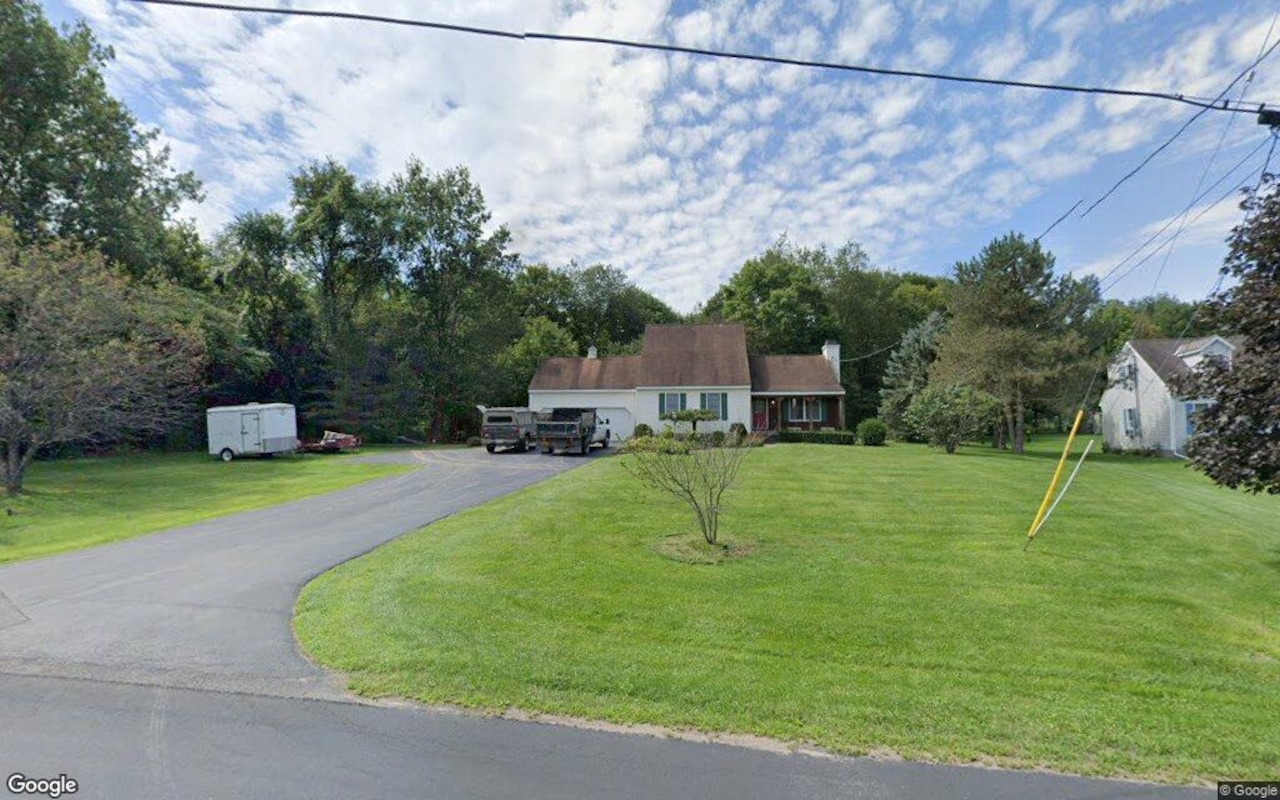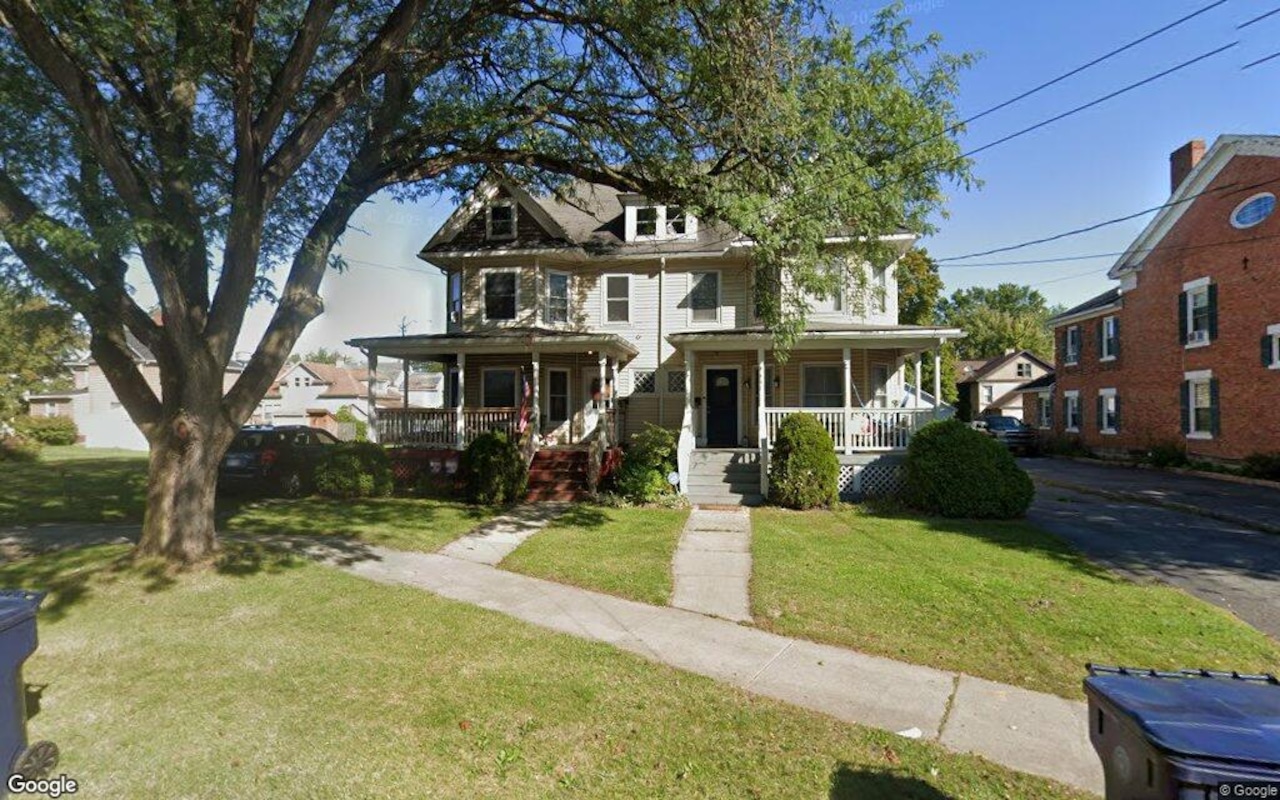F
lorida’s condo scene is undergoing a major overhaul after the passage of House Bill 913, a comprehensive law aimed at bolstering structural safety, disclosure, and fiscal responsibility in multi‑story residential associations. The legislation, a direct response to the 2021 Surfside collapse that claimed 98 lives, mandates stricter building inspections, stronger reserve funds for essential components such as roofs and foundations, and greater transparency from boards and management firms. While its primary goal is to protect residents and avert future disasters, industry insiders say the bill is also reshaping how buyers, sellers, and developers navigate the state’s condominium market.
Tim Weisheyer, president of Florida Realtors, and Ana Bozovic, founder of Analytics Miami, view the law as a watershed moment that could alter trust and investment patterns across Florida’s coastal communities. “House Bill 913 is a turning point,” Bozovic notes. “It changes the way we think about risk and accountability in our market.”
The bill builds on earlier reforms by expanding mandatory “milestone” inspections and tightening reserve requirements for critical structural elements. It also imposes stricter disclosure obligations, requiring boards to keep detailed records, provide timely updates, and budget responsibly for long‑term repairs. These measures aim to give prospective buyers a clearer picture of a building’s condition and future costs.
“We’re restoring confidence in a market that has long been wary of hidden risks,” Weisheyer explains. “Now buyers can enter negotiations with full knowledge of what the association has discussed and what they might face.” He adds that sellers also benefit, gaining clearer insight into their association’s decision‑making processes and the opportunity to be more actively involved.
The law’s impact is most pronounced in Miami‑Dade County, where older condominiums and newer luxury towers are experiencing divergent realities. Bozovic advises separating single‑family homes from condos when evaluating market trends, noting that the new regulations do not affect single‑family properties or vertical inventory growth. “Condos can be difficult to resell,” she says, but overall median prices have risen modestly year over year, largely driven by activity at the high end where new and prime units continue to appreciate.
Under the new requirements, buildings with three or more habitable stories must conduct milestone inspections and structural reserve studies on a regular schedule. Boards must maintain comprehensive records, provide timely updates, and plan budgets for long‑term repairs. Weisheyer likens the approach to routine maintenance for homes or vehicles: “If you prepare correctly, you budget for it. If you don’t, you end up with significant repair costs and insufficient resources.”
Older buildings, many of which have delayed necessary maintenance and kept HOA fees artificially low, face the most significant challenges. Bozovic points out that these properties may see HOA fees double or triple, with numerous assessments looming, making sales difficult. However, she stresses that not all older buildings are in trouble; those with responsible management are better positioned. Newer condos, by contrast, are largely insulated from the law’s immediate effects because their reserves are already adequately funded, and they benefit from the influx of wealth and talent into the market.
Despite pockets of distress among older properties, the overall condo market remains stable. HousingWire data from Florida and the Miami metro area show that the Surfside collapse did not produce a noticeable effect on home listing prices. Median list prices in Florida rose steadily from $335,000 in early May to about $350,000 by mid‑June 2021, and in the Miami metro area from $359,000 to $370,000 during the same period. During the week of the collapse, Miami’s median list price held at $370,000, while Florida’s statewide median remained flat at $349,990. In the eight weeks following the disaster, listing data remained stable or edged higher, with Florida’s median list price reaching $360,000 by late August and Miami’s rising to $379,000—modest gains over pre‑collapse levels. New listing prices also stayed within typical seasonal fluctuations.
“Weighing short‑term costs against long‑term benefits,” Weisheyer concludes, “this law strengthens the marketplace, protects consumers, and enhances confidence for all stakeholders.”















